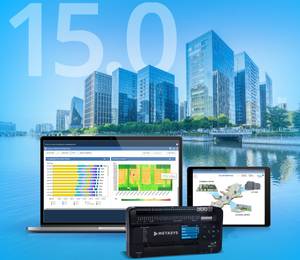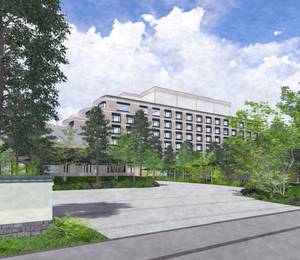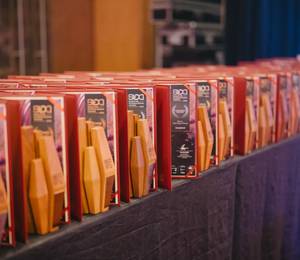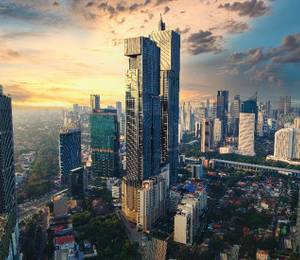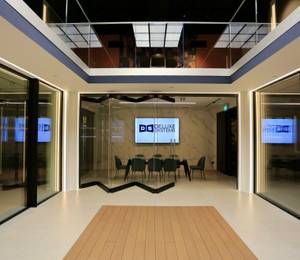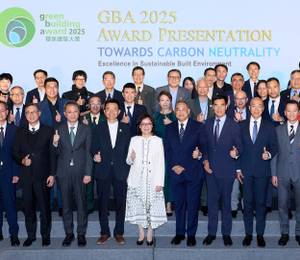Singapore – On 5 January 2022, Nanyang Polytechnic (NYP) and Schneider Electric launched a one-stop Sustainability Experience Centre to help Singapore’s small- and medium-sized enterprises (SMEs) implement green technologies at the workplace. This can help Singapore achieve its goal of having at least 80 percent of buildings to be green by 20301.
A key showcase at the centre focuses on sustainable facilities management. Augmented reality is tapped for instant diagnosis, and when coupled with contactless and predictive maintenance, the overall power efficiency of a venue is significantly improved. This helps SMEs operate more sustainably and enhances the productivity of maintenance crew, as repairs and rectifications can be reliably predicted, and preventive maintenance be made ahead of time.
At the centre, students from NYP’s School of Engineering will be able to gain valuable hands-on experience in cutting edge solutions used by the industry to meet sustainability goals. For example, students from NYP’s Diploma in Electronic & Computer Engineering will learn how to integrate multiple systems and devices to collect and analyse relevant data. The first-hand experience would provide gainful insights to these students, thereby preparing a steady pipeline of talents to meet the demands for sustainability solutions in future industries.
NYP’s Principal & Chief Executive Officer, Ms Jeanne Liew, said: “We are excited to partner Schneider Electric, one of the world’s leaders in energy solutions, to launch NYP’s Sustainability Experience Centre. With NYP’s expertise in engineering systems and data analytics, alongside Schneider Electric’s technology and solutions, SMEs will now have easy access to kickstart their green journey. This is also a great opportunity to strengthen and inculcate a sustainability-conscious mindset among our youth and empower them to play a role in bringing about a greener future”.
Another key showcase at the Centre helps SMEs identify solutions to optimise power usage and reduce energy consumption. With deft application of automation and sensors, lights would be activated only in areas where needed; and data usage patterns can also be analysed in real-time. Schneider Electric’s EcoStruxure Building Operation 3.0 makes this possible by pulling in data from a wide range of sensors, running an analysis, and providing users with suggestions to maximise energy use and reduce overall cost. It can also adjust lighting and temperature on the fly. According to Singapore’s Energy Efficiency Programme Office (E.PO), occupancy sensors for lighting controls can result in at least 50 percent energy savings2 after implementation at workplaces. Implementing such energy efficient measures helps SMEs reduce operating costs and become more competitive.
The Centre was built with a strong sustainability focus, with most materials being highly rated products under the Singapore Green Building Product (SGBP) certification scheme administered by Singapore Green Building Council (SGBC).
1 By floor area, according to Green Building Masterplans | Building and Construction Authority (BCA).
2 According to Sensing the way to greater energy efficiency | Energy Efficiency Programme Office (E2PO)

